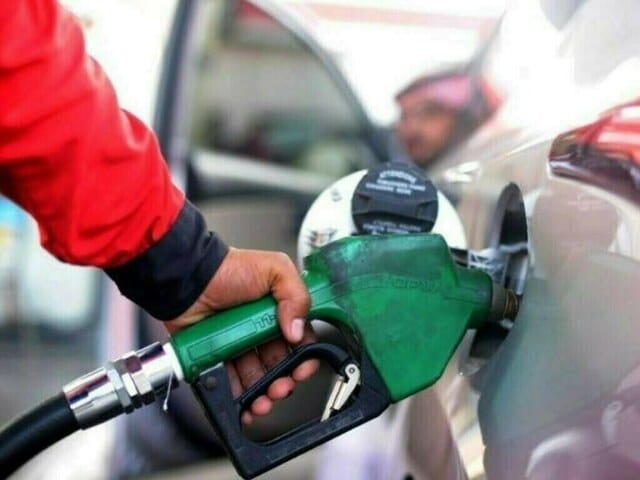Starting February 1, 2024, Pakistan’s temporary government anticipates a rise in petrol and diesel prices for the first half of the month. This increase is attributed to heightened tensions in the Middle East, specifically the Israeli bómbàrd-mènt of Gà-zà and attacks on Yemen’s Houthis. The international market has reacted to these conflicts, causing a notable surge in motor gasoline (petrol) and diesel prices.
The expected increments are approximately Rs7.85 per litre for petrol and Rs2.06 per litre for high-speed diesel (HSD). In response to global events, the ex-refinery prices of petrol and HSD in Pakistan have surged significantly. Petrol prices have climbed from Rs187.74 to Rs269.94 per litre, while HSD prices have risen from Rs201.79 to Rs282.77 per litre. Accounting for the international price surge, this translates to a local increase of Rs10.60 per litre for petrol and Rs6.56 per litre for HSD.
Considering adjustments in the exchange rate, the expected rise in petrol price is Rs7.85 per litre, and for HSD, it is Rs2.06 per litre. It’s noteworthy that kerosene prices may experience a decrease. The government currently imposes various charges on petrol and diesel, including a petroleum development levy (PDL) of Rs60 per litre. Consumers also bear additional charges like IFEM, OMCs margin, and dealers’ margin.
In the preceding two weeks, the government had reduced petrol prices by Rs8 per litre, bringing it to Rs259.3. However, the diesel rate remained constant at Rs276.21 per litre. Notably, there were also reductions in the rates of kerosene oil and light diesel oil in the latest revision.
These adjustments reflect the complex interplay of international geopolitical events, exchange rates, and domestic policies, impacting the energy landscape in Pakistan. Consumers are likely to feel the impact of these changes in their daily lives and expenses.


